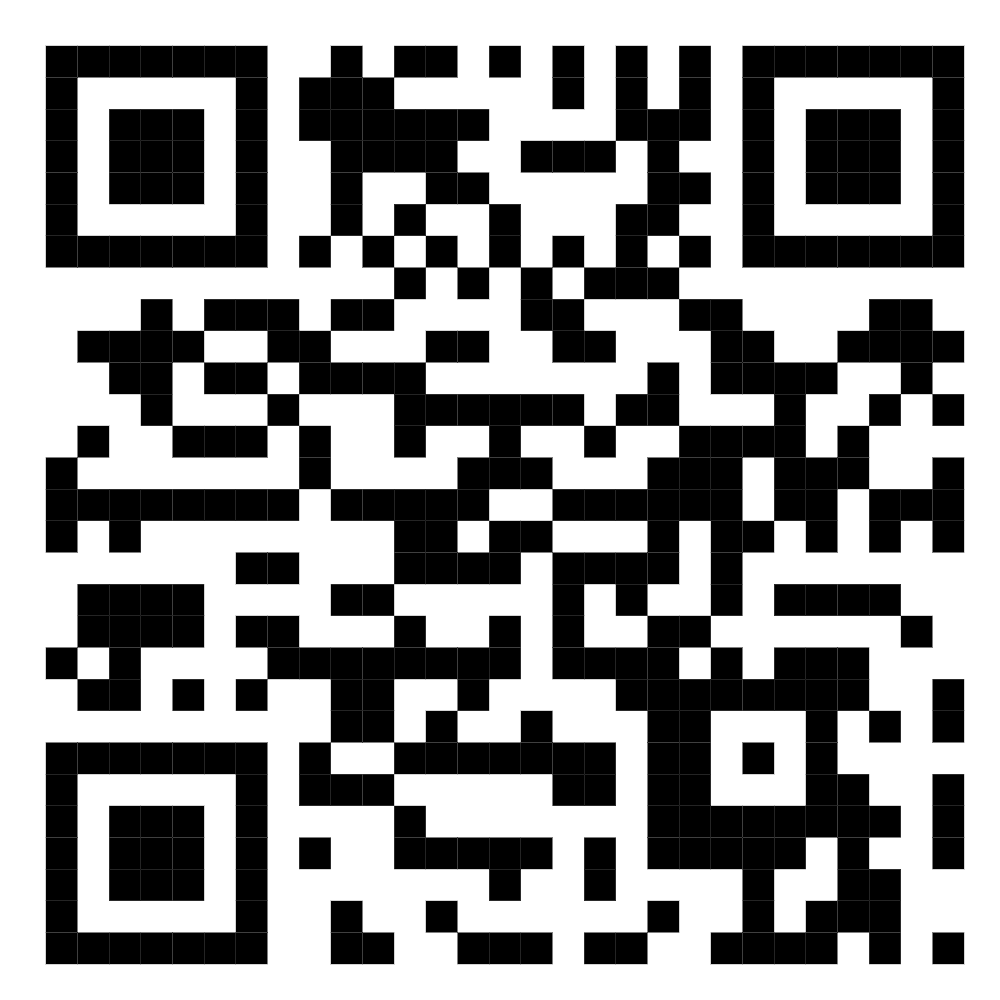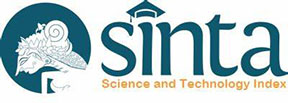Potency Microbial Unicellular Filoplan Chili and Its Inhibitory to Collectotrichum capsici Causal Antraknose Disease on Chili (Capsicum annuum L.)
DOI:
https://doi.org/10.32734/jopt.v7i2.4329Keywords:
Antifungal, Anthracnose, Chili, Collectotrichum capsici, secondary metabolite, Unicellular microbeAbstract
This study was conducted to isolate filoplan unicellular microbes which have antibiosis ability and characterize the secondary metabolite produced to inhibit Collectotrichum capsici in-vitro. This research was conducted at the Departement Plant Pest and Diseases, University of Brawijaya. Microbe isolated from the surface of chilies in a different age. Isolates microbes were tested for antagonistic potential against C. capsici. The persistence of the potential antagonist under different conditions of pH, temperature, and the light was also examined. An antagonist test was conducted to confirm the antibiosis mechanism. Furthermore, extracts were characterized using pH, light exposure, and temperature. The most potential antagonist was identified as isolate C3C with 36.20% inhibition. pH 5, 350C temperature, and light exposure of 0% is the best media optimization with the percentage of inhibition 37.5%, 38.2%, and 42.3%.
Downloads
References
Sumarni, N. dan A. Muharam. 2005. Budidaya Tanaman Cabai Merah. Penerbit Balitsa, Bandung. 34 p.
Widodo dan Y. Sutiyoso. 2010. Hama dan Penyakit Tanaman (Deteksi Dini dan Penanggulangan). PT. Trubus Swadaya, Depok. P 209-210.
Haggag, W. M., and H. A. L. A. Mohamed. 2007. The biotechnological aspect of Microorganism Used in Plant Biological Control. World Journal of Agricultural Sciences 3 (6): 771-776.
Sastrahidayat, I. R., S. Djauhari dan N. Saleh. 2013. Potensi Mikroba sebagai Agens Hayati Pengendalian Penyakit Rebah Semai (Sclerotium rolfsii) pada Kedelai. UB Press. Malang. P. 24.
Lu, C. G., W. C. Liu, J. Y. Qiu, H. M. Wang, T. Liu and D. W. Liu. 2008. Identification of Antifungal Metabolites Produced by a Potential Biocontrol Actinomycetes Strain A01. Brazilian Journal of Micribiology (2008) 39: 701-707
Shivaji, S. and G. S. Prasad. 2009. Antarctic Yeasts: Biodiversity and Potential Applications Ch. 1. In: Yeast Biotechnology: Diversity and Applications. (Eds.) Satyanarayana, T. and G Kunze. Springer Science+Business Media. P 4.
Puspitasari, A. E., A. L. Abadi dan L. Sulistyowati. 2014. Potensi Khamir Sebagai Agens Pengendali Hayati Patogen Collectotrichum sp. pada Buah Cabai, Buncis, dan Stroberi. Jurnal HPT Vol. 2 (3): 92-101
Viljoen, B. C. 2006. Yeast ecological interaction. Yeast-yeast, yeast-bacteria, yeast-fungi interaction, and yeast as biocontrol agents. Springer. Germany. pp 83-110.
Clifton, C. E. 1958. Introduction to the Bacteria. McGraw-Hill Book Company, INC. USA. P. 272-273.
Bryan, A. H., C. A. Bryan, and C. G. Bryan. 1970. Bacteriology Principles and Practice 6th Ed. National Book Store, Inc. Philippines. P. 20-21
Downloads
Published
How to Cite
Issue
Section
License
Copyright (c) 2020 Jurnal Pertanian Tropik

This work is licensed under a Creative Commons Attribution-ShareAlike 4.0 International License.






















